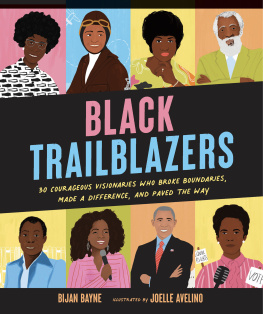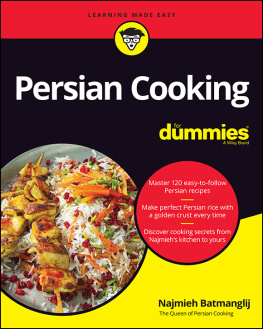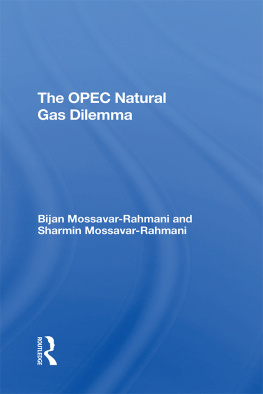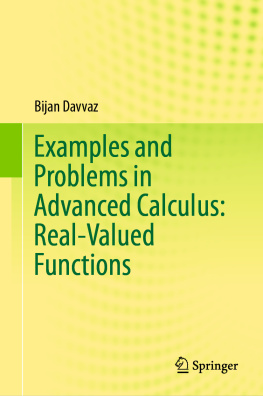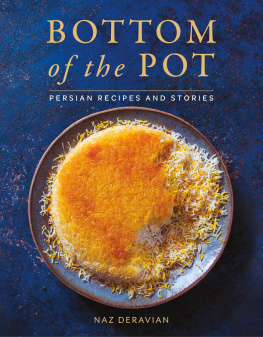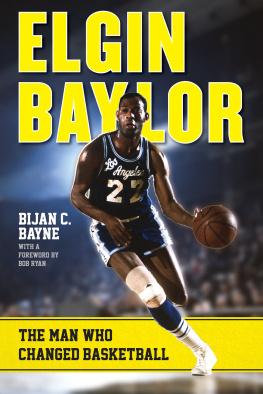Mamans Homesick Pie
Mamans Homesick Pie
A PERSIAN HEART IN AN AMERICAN KITCHEN
w
Donia Bijan

Published by
Algonquin Books of Chapel Hill
Post Office Box 2225
Chapel Hill, North Carolina 27515-2225
a division of
Workman Publishing
225 Varick Street
New York, New York 10014
2011 by Donia Bijan. All rights reserved.
Printed in the United States of America.
Published simultaneously in Canada by Thomas Allen & Son Limited.
Design by Anne Winslow.
Library of Congress Cataloging-in-Publication Data
Bijan, Donia.
Mamans homesick pie : a Persian heart in an American kitchen /
by Donia Bijan.
p. cm.
ISBN 978-1-56512-957-3 (hardback)
1. Cooking, Iranian. 2. Cooking California San Francisco.
I. Bijan, Donia. II. Title.
TX725.I7B55 2011
641.5955dc23
2011023858
10 9 8 7 6 5 4 3 2 1
First Edition
In memory of Atefeh and Bijan

For Luca
Contents
Authors Note
I WROTE THIS BOOK in an attempt to find answers to the questions I never asked my parents, such as How did it feel to start your life from nothing? as well as to give their grandchildren a context so that when we speak of Iran, they will see their connection to the elusive home of their parents and grandparents. And because I am a cook, not a reporter, I have told the story as I remember it, through the prism of food, changing the names of the characters to preserve their privacy, but holding their place at my table.
Mamans Homesick Pie
Introduction
MY MOTHER HAD been dead eight days when I showed up in her kitchen. There I was, on a gray January afternoon, with empty boxes and grocery bags, determined to cope with my colossal loss by salvaging a head of lettuce, a quart of milk, a pint of plain yogurt, and jar after jar of homemade pickled vegetables.
Walking down the hallway to her front door, I was no longer greeted by the familiar aroma of sweet Persian spices, nor could I hear the faint notes of the classical music station my mother tuned in to from morning until the evening news. I half expected her to open the door and pull me to her chestHere you are, darling, here you areand tell me it had been a huge mistake, that she had not been crushed under the wheels of the old ladys Mercedes coupe, that she had not been in that zippered orange body bag on the side of the road, that the mangled body we buried just a few days ago was not her. Not her.
But on that day and thereafter, no tender heart awaited me, no one strung endearments like garlands around me, and no one cared if I was tired or chilly or asked me if I needed a sweater. My mothers home smelled of tea and roses, but no kettle whistled, promising a steaming cup, served on a tray with a pitcher of milk and butter cookies on a linen doily.
For days it was quiet, methodical worksorting and packing the boxes I had lined up by her cabinets like little coffins, filling them with cups and saucers wrapped in newspaper, and spoons, spatulas, and whisks. I labeled them in angry print with a thick black felt-tip marker, bound for a basement until the day a grandchild might hoist it up to her first home and delight in things her grandparents once used.
My mothers best china and silver were not in these boxestheyd been looted from her home in Iran thirty years earlier. In the aftermath of a revolution that had targeted my parents as infidels and royalists, they had escaped a regime that would have paraded their slain bodies through the streets of Tehran. These boxes held the everyday household things that my parents had slowly accumulated since their exile. Which was more valuablethe heirloom silver or these mismatched cups from Goodwill? My mother had worked harder to buy this single Wedgwood cup.
I was not prepared for this sort of packing. My mother always helped me pack, for trips, slumber parties, and camp. Packing for good like this, packing after someone dies, holds no promise. I had to wonder: Who would want this cardigan with her elbow impressions, or the scarf that had cradled her head, or her cream and white sling-back shoes? Who would sit in her knitting chair and finish that unfinished sweater from a pattern she had cut out of Vogue, rolled up neatly around her knitting needles? And so, my task soon became a battle between us. I chided her for having too many thingsWhy must you have so many juice glasses?then scolded myself for being too keen on giving everything away to spare myself having to scrutinize it. At times I was downright careless, tossing into the giveaway box a rotating caddy of poker chips that my son, then two, loved to dump on the floor and stack back in place with chubby fingers, spending as long as it took. When my mother looked after him, I would come to fetch him and find the two of them on the floor, spinning the caddy and shrieking out the colors of the chips: Red! Blue! Green! If I kept it, he would ask for her. No. Let somebody else stumble upon this treasure on the dusty back shelves of a secondhand store. In rare moments of clarity, I went home with a random tea strainer or a cracked wooden spoon tucked into my coat pocket. I suppose I thought she had held these things long enough, and often enough, that they were no longer inanimate.
One afternoon I pulled open a kitchen drawer, expecting to find more spoons that I had missed. Instead I found it filled with papers, which I feared were receipts and warranty cards. I was ready to nag her again, when I realized they were recipes, mostly handwritten, some cut out of newspapers, piled in no particular order.
On the floor, with the drawer on my lap, I tallied recipe after recipe of American dishes that she had made great efforts to master: coleslaw, banana bread, carrot cake, macaroni and cheese. There were recipes for chow mein with the prerequisite can of water chestnuts, microwave sweet-and-sour shrimp, and casseroles involving Campbells cream of mushroom soup, many bearing the name of the friend, neighbor, or colleague who had given her the instructions, like Peggys Lemon Bars. There were also newspaper clippings dating from the fall of 1980the year my parents had arrived in America and settled in Fresnodedicated exclusively to holiday cooking: Christmas goose, chestnut stuffing, eggnog pound cake, and party favorites like cheesy stuffed mushrooms. Thumbing through her eclectic compilation, I knew I had stumbled upon something far more revealing than an avid cooks recipe file or even a box of old letters. In my lap, I held her story.
Why had a woman so well versed in Persian cuisine, who had weathered a revolution, exile, and threats to her life and had built her family a new home through sheer will, felt pushed to the other side of belonging? Not one to be left out, she had seen a vital connection between food and belonging. The Thanksgiving holiday was her initiation, as it had been for so many generations of immigrants, giving thanks for an opportunity to begin again without the threat of persecution. Though confronted with tastes, textures, and ingredients that eluded her, my mother learned to roast a turkey, make giblet gravy, create a signature stuffing, bake yams and sweet potatoes with brown sugar and butter, and line up jars of cranberry sauce with orange peel to give to neighbors.
She liked to tell us the story of her first Thanksgiving, when, alone with my father, she had made cheeseburgers for dinner. She loved a good, juicy burger, shaping and seasoning the patties with salt and pepper, browning them to medium rare in her cast-iron skillet, toasting sesame buns, and tucking pickles and hearts of butter lettuce drizzled with vinaigrette inside. Just as my parents sat down to eat, they got a call from a woman conducting a survey asking whether they were having a turkey.
Next page

